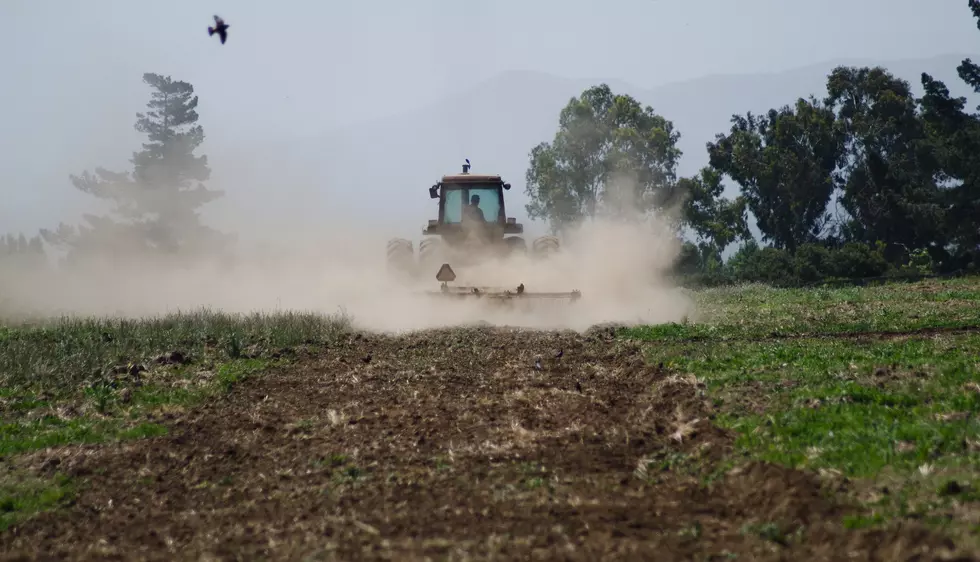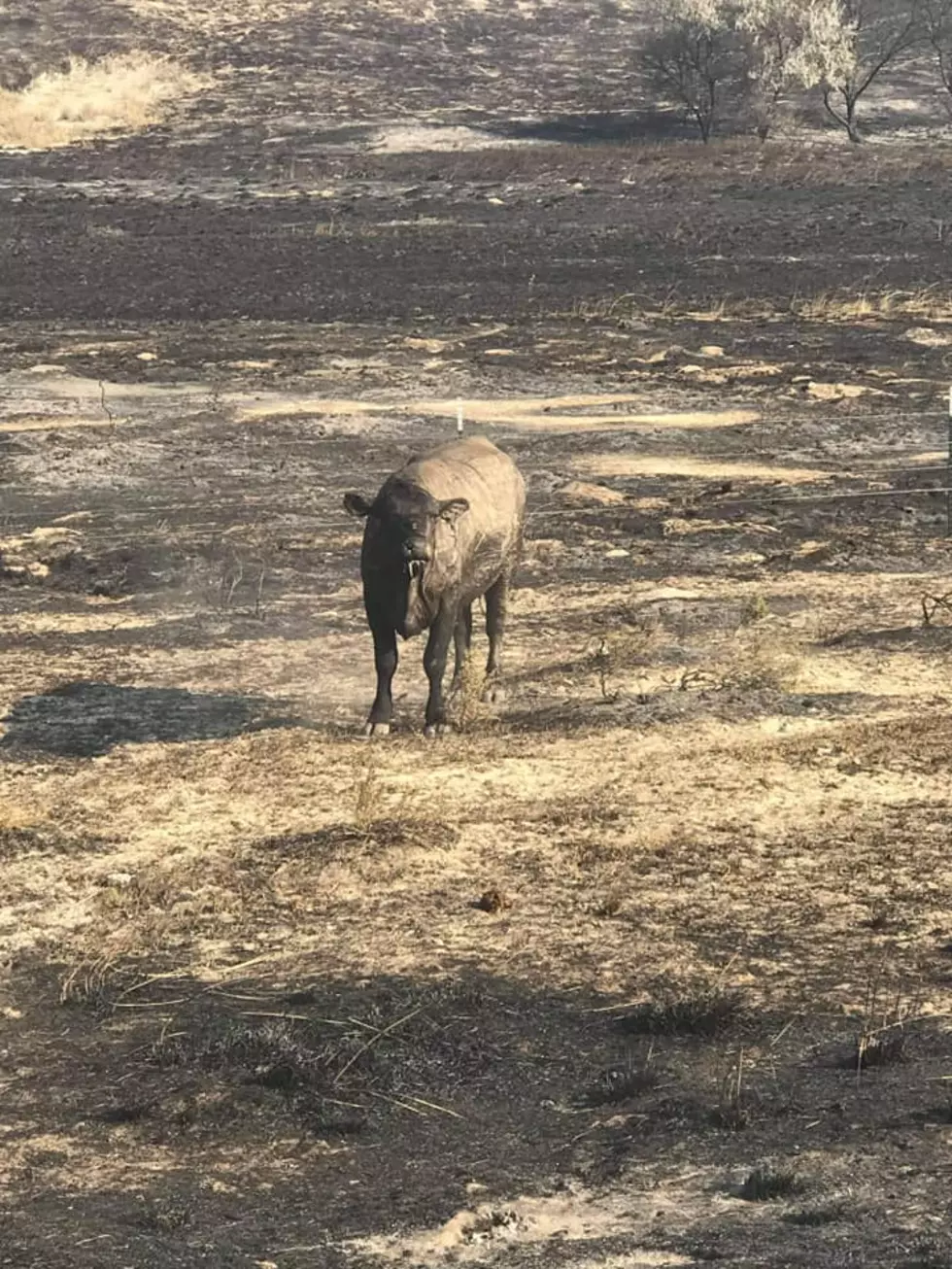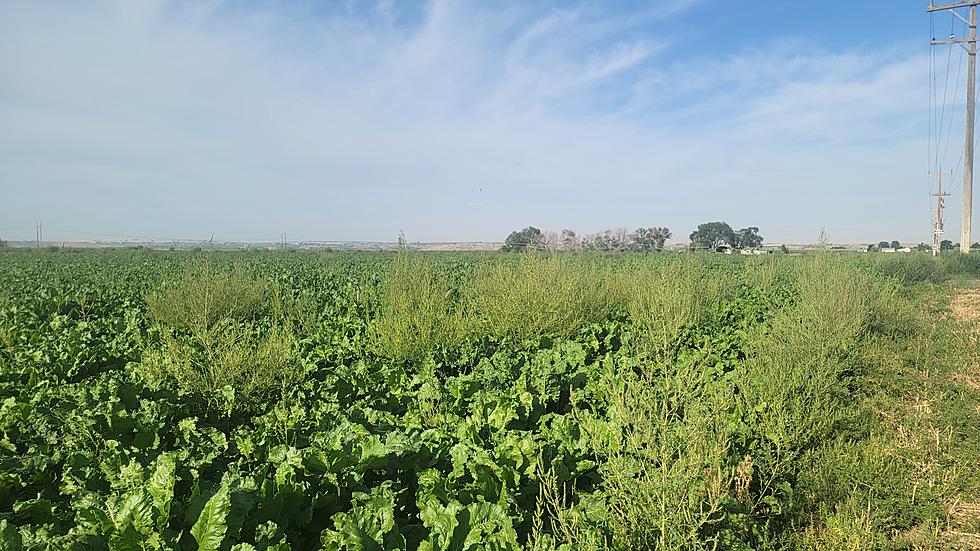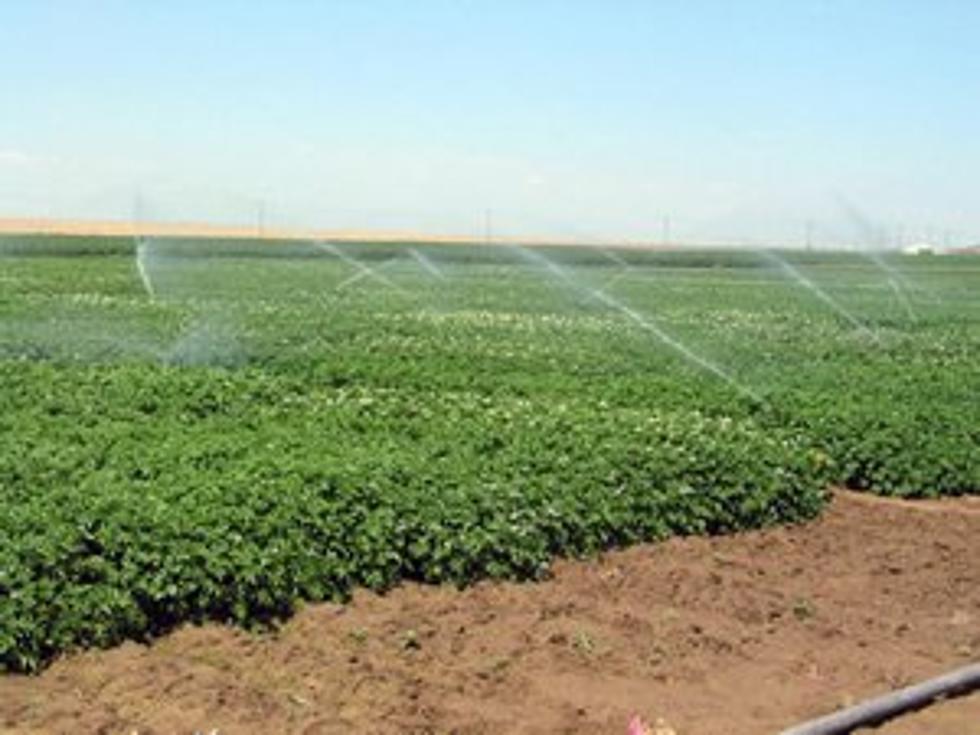
Bass: NW Beef Sector Very Strong
Between drought and input costs, the beef industry nationwide is facing a variety of challenges. The University of Idaho’s Phil Bass noted following the slowdowns from the pandemic, larger packing facilities are running at or near capacity which is good news moving product out to customers. But when it comes to the future:
“The labor force is always going to be an issue, especially here in the Pacific Northwest, we need more folks getting engaged, I meant that’s something we do at the University of Idaho and our partner universities, just trying to train that labor force to get folks out there.”
Bass said while contraction is not happening at great levels here in the region, what’s being reported in the Midwest and Southwest will have an impact on ranchers across the PNW. He pointed out that producers across Idaho, Oregon and Washington enjoyed a wet, cool spring, allowing many to keep livestock on pasture longer, staving off feed costs for a time. And that, he says will result in higher prices when Northwest ranchers look to sell.
Bass also applauds the entire industry for creating a great product.
“Beef has focused on what consumers want, they want safe, they want high quality. And that’s what the beef producing community has done, and you know the other species as well, but beef has really had some success in that category and created that pull-through demand, which is the holy grail of all commodity products. If you can have people calling you for your product instead of having to go out and pushing market, then there’s a lot of benefits from a financial standpoint.”
Bass said demand for U.S. beef is very high overseas, especially in the south Pacific, Asia, and of course China.
If you have a story idea for the PNW Ag Network, call (509) 547-1618, or e-mail glenn.vaagen@townsquaremedia.com
More From PNW Ag Network









